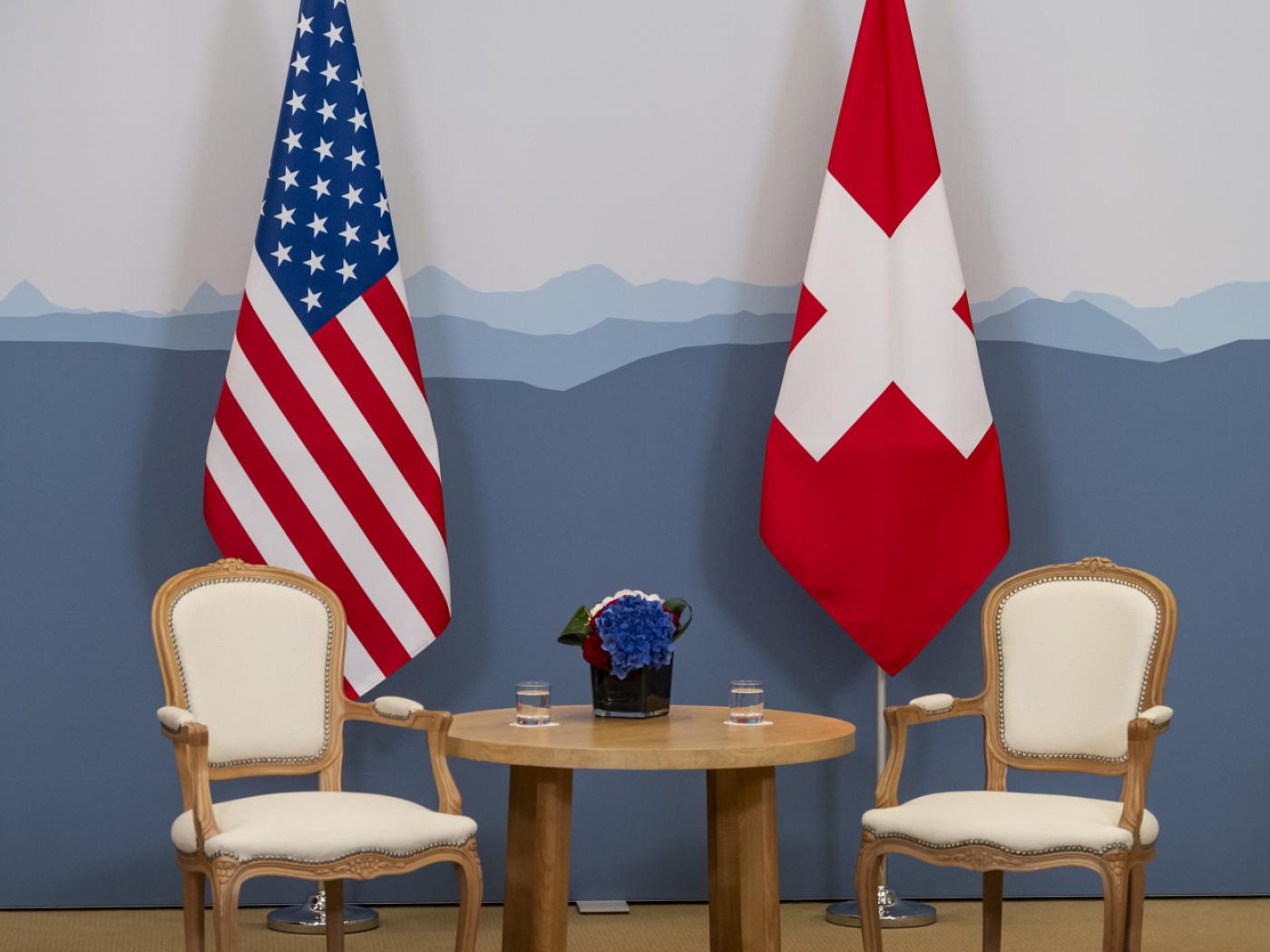Chinese shares continued last week's plunge, with the Shanghai Composite off 5.3% and the Shenzhen Composite falling 6.6%. Both indices closed on their lows. With the apparenthelp of officials, the onshore yuan strengthened, though the real squeeze was in the offshore yuan, which strengthened by nearly 1%, the most in four months.
Excluding the Japanese markets that were closed for a national holiday, the MSCI Asia-Pacific Index shed about 1.8%. However, a more stable tone has been found in Europe. The Dow Jones Stoxx 600 is up nearly 0.5% near midday in London, led by energy, financials and information technology. Among the main sectors, only health care and materials are lower. The S&P 500 is up about 0.5% in electronic trading.
Sentiment remains fragile. Oil prices have continued to slide, and they are off a little more than 1% today. Given the magnitude of last week's moves, some backing and filling are not surprising. Consider, for example, that coming into today's session, US 10-year Treasury yields have fallen for seven consecutive sessions, and the NASDAQ has fallen for seven consecutive sessions.
For its part, the US dollar is mixed. Those currencies, like the dollar-bloc and sterling, that traded heavily consistently last week, are firmer today. While the euro and yen are seeing last week's gains pared. Initially, in Asia, the dollar fell to JPY116.70, its lowest level since August 24. However, it recovered to almost JPY118 in very early European turnover. Unless, it can rise through there, sellers may reemerge ahead of Tuesday's Tokyo session.
Similarly, the euro's post-US jobs report recovery was extended to $1.0970 initially before the sellers emerged to take it down a full cent. However, barring a break of $1.0860, the market may not be done probing the space above $1.09. The downtrend line drawn off the mid- and late-December highs comes in near $1.0930 today.
News from the EMU is light. Of note, the political impasse was broken in Catalonia, with a coalition committed to independence forming a government. This is seen increasing the need (and, therefore, the chances) of a broader coalition on the national level to resist the secessionist forces. That said, we note that last week Spanish assets did not appear to have been marked down due to the political uncertainty, though today, Spanish stocks are not performing as well as most of the other major EMU markets and the bonds are trading slightly (no more than one bp) heavier than most EMU bonds.
Separately, Spain reported a flat industrial output figure for November, which was still consistent with a small tick up in the year-over-year rate to 4.2% from an upwardly revised 4.1%. It is the third consecutive month that the work-day adjustment measure has improved. The EMU figure will be released tomorrow. Disappointing German and French reports last week warn of downside risks after a 0.6% rise in October.
The other notable economic report was Norway's December CPI figures. The 0.4% decline in the headline pace was twice the slippage that the consensus forecast and brought the year-over-year rate to 2.3% from 2.8%. This is the lowest since September. The underlying rate, which adjusts for tax changes and excludes energy unexpectedly fell 0.2%, easing the year-over-year rate to 3.0% from 3.1%.
The central bank is more concerned about growth than inflation. Since last May, the krone has depreciated by nearly 14.4% on a trade-weighted basis, with new lows set before the weekend. The central bank does not meet until March. The weakness of the currency may buy the central bank some time, but the economy may still require lower interest rates to offset the terms of trade shock.
The MSCI Emerging Market equity index is off nearly 2% today, gapping lower to extend last week’s drop. Most emerging market currencies in Asia and Europe are lower. There are a few exceptions, in addition to China. The Singapore dollar, Indonesia rupiah, the Malaysian ringgit and Thai baht managed some modest gains. Central and east European currencies are lower. It was the South African rand that tested the intestinal fortitude of participants today. After the dollar had closed last week near ZAR16.30, it shot up to ZAR17.91 in Asia and talk of a large unwind of long rand short yen position in particularly thin markets. In the subsequent activity, the dollar drifted back to ZAR16.50, where it consolidated in the European morning.
Tags:




























